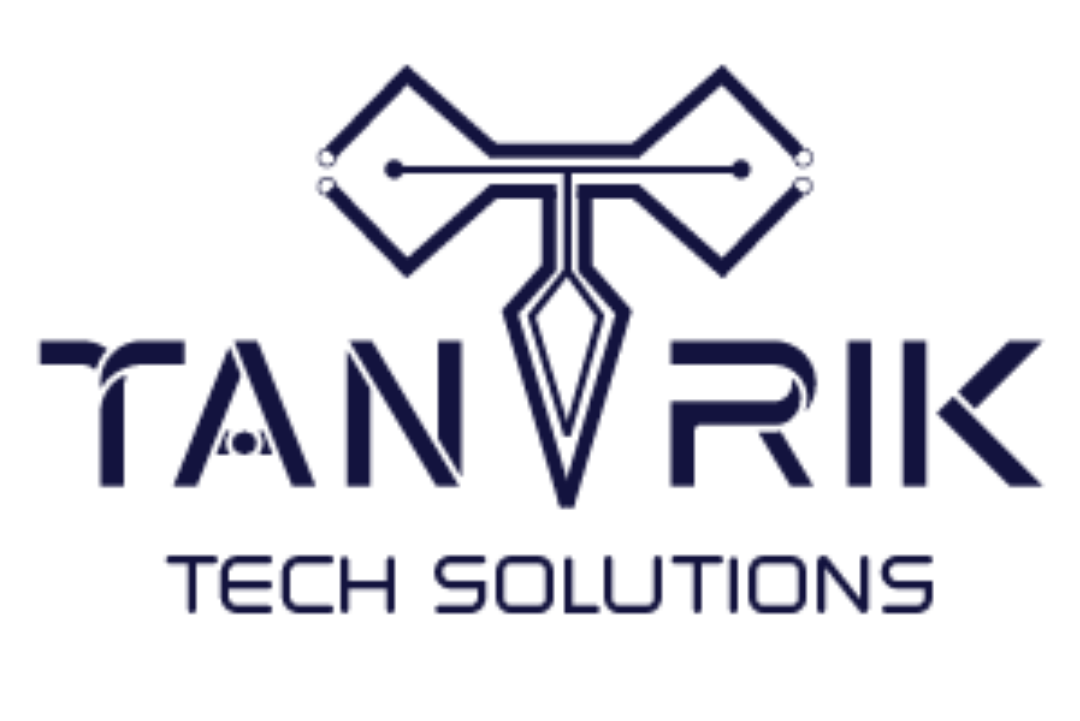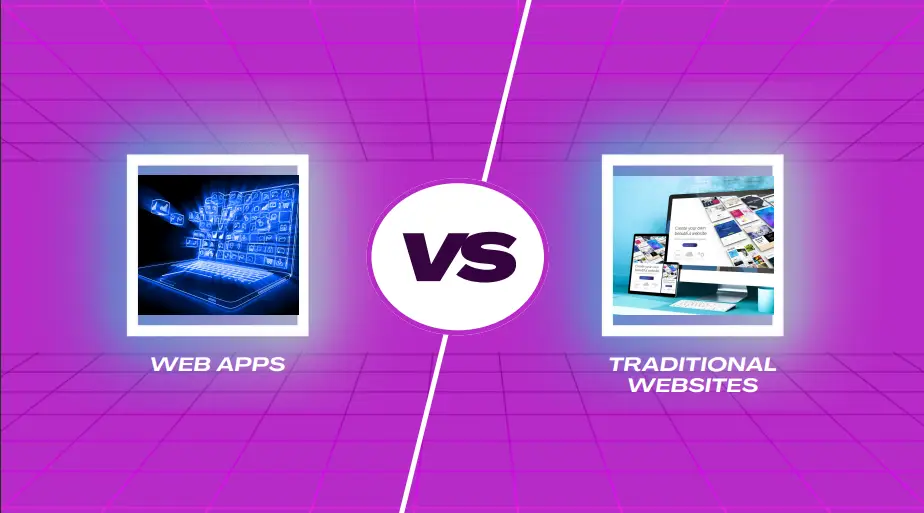In the modern digital landscape, businesses and individuals face an important decision: should they develop a web app or a traditional website? Each option has its advantages and is suited for specific use cases. In this detailed comparison, we’ll explore the key differences between web apps and traditional websites across 11 critical dimensions, helping you understand which solution is the best fit for your needs.
Introduction to Web Apps and Traditional Websites
Before diving into the differences, it’s crucial to understand what sets web apps and traditional websites apart.
- Web Apps are dynamic applications that allow users to perform specific tasks online, typically offering rich interactivity and functionality. They behave like desktop software but are accessed via a browser.
- Traditional Websites are collections of static or semi-dynamic HTML pages designed to provide information. These sites offer limited user interaction compared to web apps, often focusing on content presentation rather than functionality.
Technology and Architecture Differences
The underlying architecture of web apps and traditional websites varies significantly.
- Web App Architecture relies on a client-server model where the server delivers dynamic content based on user requests. Web apps often utilize APIs (Application Programming Interfaces) and extensive JavaScript frameworks (e.g., Angular, React) to handle real-time data processing and user interaction.
- Traditional Websites typically operate on a server-client model where static pages are delivered to the browser. These pages are often built using HTML and CSS, with limited reliance on JavaScript for interactive features.
User Interactivity and Functionality
A primary differentiator between web apps and traditional websites is the level of user interaction they provide.
- Web Apps are designed for high interactivity. They offer advanced functionality, such as user logins, dashboards, and the ability to create, edit, and store data. Examples include online banking platforms, eCommerce stores, and social media apps.
- Traditional Websites, on the other hand, focus on delivering content without much interactivity. Users can typically read articles or view information but cannot perform complex tasks. Examples include blogs, company websites, and news portals.
Purpose and Use Cases
The choice between a web app and a traditional website often depends on the business objectives and user requirements.
- Web Apps are ideal for use cases where user engagement, dynamic content, and complex functionalities are critical. Examples include SaaS platforms, eCommerce websites, and online collaboration tools like Google Docs or Trello.
- Traditional Websites are best suited for situations where the goal is to provide information without requiring significant user input. Use cases include informational websites, portfolios, landing pages, and small business websites.
Offline Access and Performance
One significant advantage web apps can offer is the ability to function offline, which is not typically possible with traditional websites.
- Web Apps using technologies like Progressive Web Apps (PWAs) can store data locally, allowing users to continue working even without an internet connection. This is particularly beneficial for apps with real-time data or eCommerce platforms.
- Traditional Websites generally do not offer offline capabilities and rely heavily on continuous internet connectivity to load pages and serve content.
User Experience (UX) and Personalization
User experience is a vital factor in determining the success of an online platform, and web apps excel in this regard.
- Web Apps offer personalized user experiences by allowing users to create profiles, customize their settings, and receive personalized content. They are highly responsive and designed to adapt to user preferences in real time.
- Traditional Websites, while simpler, generally deliver the same static experience to all users. Though mobile responsiveness and basic customization can be included, the content remains largely unchanged between users.
Development Time and Costs
The complexity of development is another crucial difference between web apps and traditional websites.
- Web Apps often require more time, specialized skills, and resources to develop due to their complex architecture and functionality. Developing a fully functioning web app requires front-end, back-end, and database integration, making it a more expensive option.
- Traditional Websites, with their simpler structure, take less time to develop. They often use basic CMS platforms like WordPress or Joomla, which significantly reduce development costs and time.
Scalability and Flexibility
Scalability is essential for businesses expecting growth, and web apps offer more flexibility in handling increasing user demands.
- Web Apps can scale effectively with growing user needs due to their robust back-end infrastructure. Whether it’s adding new features, supporting more users, or integrating with third-party services, web apps are built to grow.
- Traditional Websites, however, face limitations when it comes to scalability. Expanding a static website’s functionality requires significant re-engineering, which can be costly and time-consuming.
SEO and Visibility on Search Engines
Search Engine Optimization (SEO) is critical for driving organic traffic to your site, and web apps and traditional websites perform differently in this area.
- Web Apps can struggle with SEO, especially if they are heavily reliant on JavaScript. Search engines may have difficulty crawling dynamic content, affecting the app’s visibility.
- Traditional Websites, built primarily with HTML and CSS, are generally more SEO-friendly. Their static nature makes them easier for search engine bots to crawl, index, and rank, improving visibility.
Security Considerations
Security is a top priority for any online platform, but the measures required differ between web apps and traditional websites.
- Web Apps often handle sensitive data, making security a significant concern. Implementing features such as authentication protocols, encryption, and regular security updates is essential for protecting user information.
- Traditional Websites, which primarily deliver static content, have fewer security concerns. However, it’s still important to use SSL certificates and protect against common threats like malware or data breaches.
Mobile Responsiveness and Cross-Platform Compatibility
With the rise of mobile users, ensuring your platform works seamlessly across devices is essential.
- Web Apps often provide a native app-like experience, offering mobile responsiveness, offline capabilities, and smooth cross-platform performance.
- Traditional Websites generally employ responsive web design techniques to ensure compatibility across devices. However, they may not offer the same level of interactivity or performance as web apps.
Conclusion: Choosing the Right Solution
Both web apps and traditional websites offer unique advantages, but the right choice ultimately depends on your specific business needs, budget, and technical requirements. Web apps are ideal for businesses that need dynamic content, interactivity, and scalability, such as eCommerce platforms or SaaS companies. They require more resources but provide a richer, more personalized user experience. Traditional websites, on the other hand, are perfect for businesses looking to share information, build brand awareness, or maintain a simple online presence without complex functionality.
To make an informed decision, consider factors such as user expectations, long-term goals, budget, and the level of interaction required by your audience.




